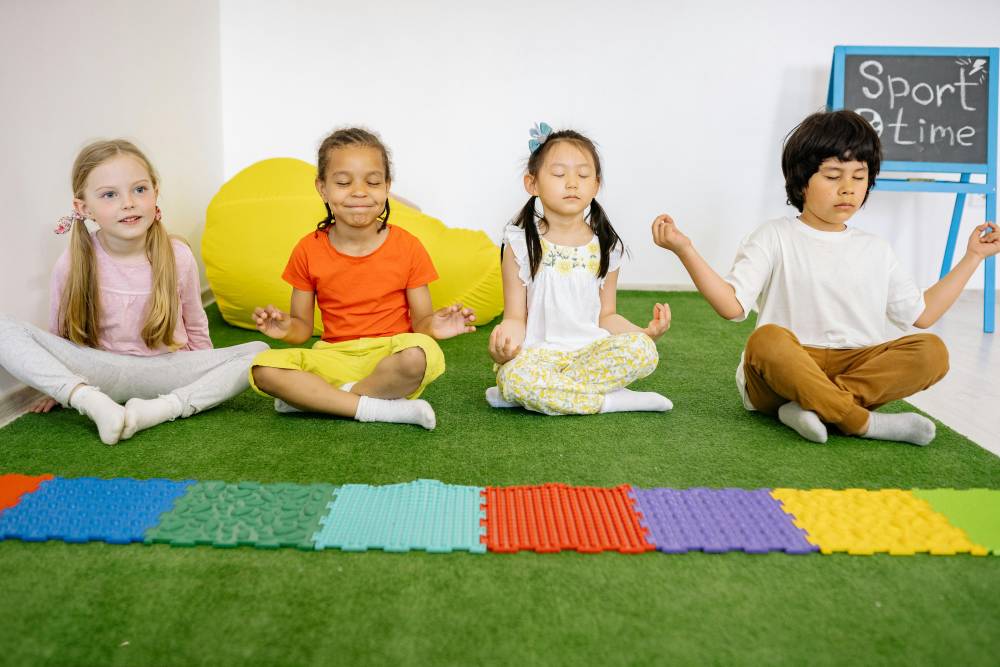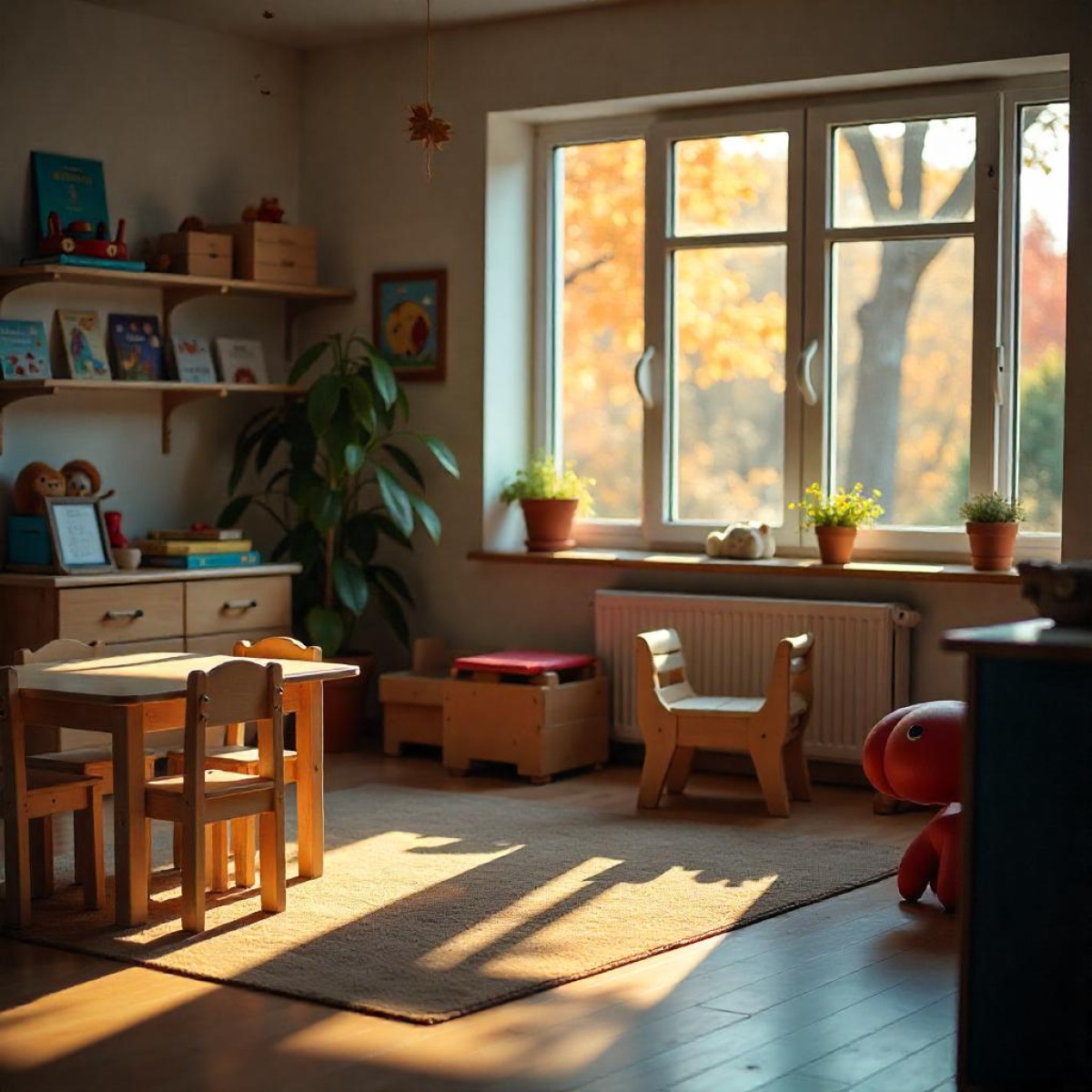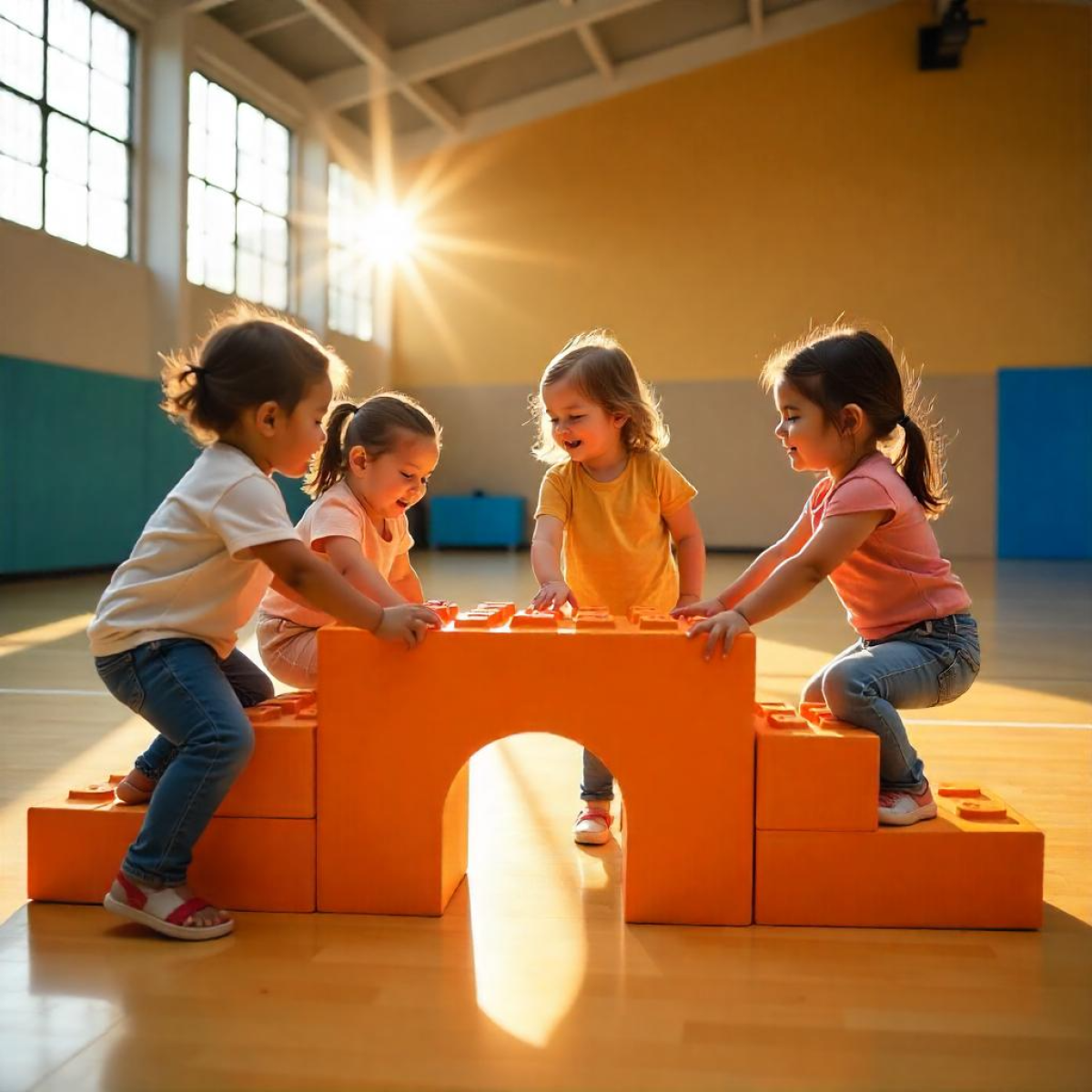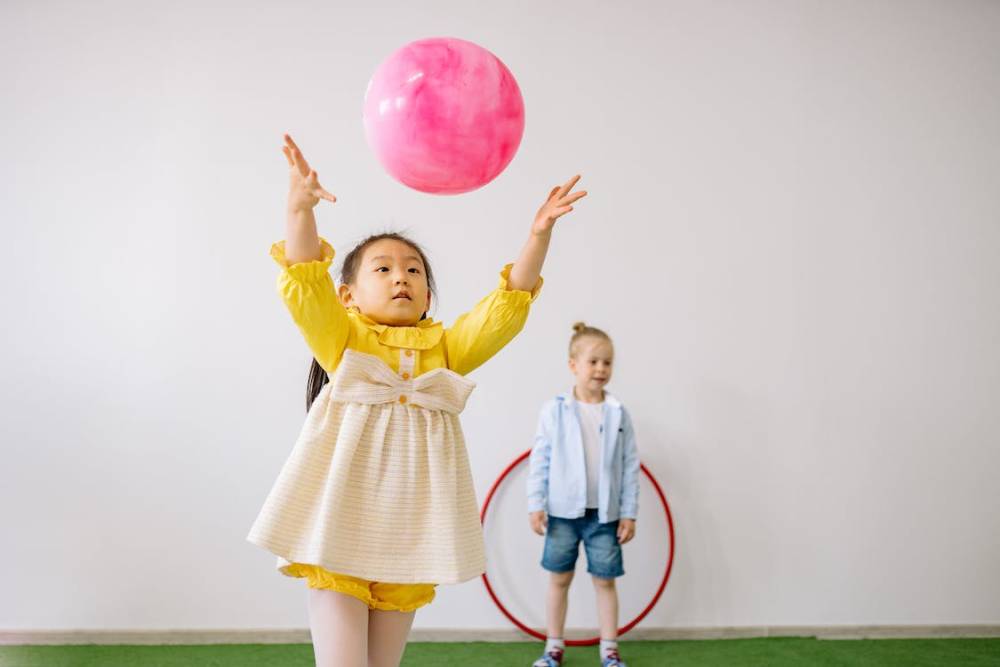In the hustle and bustle of the academic year, maintaining a peaceful and serene classroom atmosphere can sometimes feel like an elusive goal. Yet, the benefits of a calm environment are immeasurable, fostering concentration, creativity, and emotional well-being among students. As educators, we hold the power to shape the atmosphere of our classrooms, and integrating calming strategies can make a significant difference. Here are some practical and effective ideas to infuse tranquility into your classroom:
1. Mindful Moments:
Start or end each class with a brief mindfulness exercise. This could be as simple as a few minutes of deep breathing, guided meditation, or a mindful listening activity. Encourage students to focus on their breath and let go of any distractions, creating a peaceful transition into or out of the academic focus.
2. Cozy Corners:
Designate a corner of your classroom as a cozy retreat. Fill it with soft pillows, blankets, and perhaps a few calming decorations like plants or nature-inspired artwork. This space can serve as a refuge for students feeling overwhelmed or overstimulated, allowing them to take a moment to regroup and recharge.
3. Ambient Music:
Incorporate soothing music into your classroom environment. Choose instrumental tracks or nature sounds that promote relaxation and focus. Playing gentle background music during independent work time or during transitions can help create a calming atmosphere and drown out distractions.
4. Sensory Tools:
Introduce sensory tools into your classroom to provide students with calming sensory experiences. Items like stress balls, fidget spinners, or textured objects can offer tactile stimulation and help channel excess energy in a constructive way. Additionally, aromatherapy diffusers with essential oils like lavender or chamomile can provide a subtle yet effective means of promoting relaxation.
5. Visual Harmony:
Pay attention to the visual elements in your classroom environment. Opt for soft, neutral colors on the walls and minimize clutter to create a sense of spaciousness and calm. Consider incorporating elements of nature, such as plants or nature-themed artwork, to evoke a sense of tranquility and connection to the natural world.
6. Mindful Movement Breaks:
Integrate short movement breaks into your daily routine to help students release tension and reset their focus. Lead simple stretching exercises, yoga poses, or brief walks around the classroom or school grounds. Encourage students to pay attention to how their bodies feel in the moment, fostering a sense of bodily awareness and mindfulness.
7. Cultivate a Culture of Respect and Support:
Above all, create a classroom culture where students feel valued, respected, and supported. Foster open communication, empathy, and a sense of community among your students. Provide opportunities for reflection and discussion on topics related to emotions, stress management, and self-care. By prioritizing emotional well-being alongside academic achievement, you empower students to thrive both inside and outside the classroom.
Incorporating these calming ideas into your classroom can help create a nurturing and supportive environment where students feel safe, engaged, and ready to learn. By prioritizing the well-being of your students, you not only enhance their academic success but also cultivate skills and habits that will benefit them for a lifetime.
Remember, creating a calm classroom is an ongoing process that requires patience, flexibility, and experimentation. Embrace the journey, and enjoy the transformation as your classroom becomes a sanctuary of serenity and learning.








